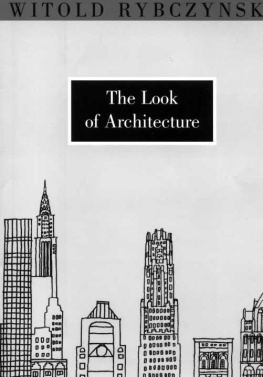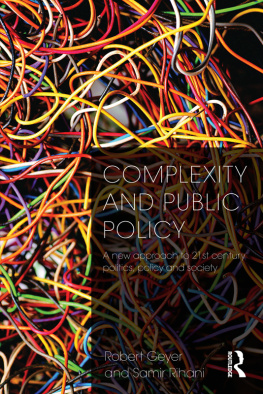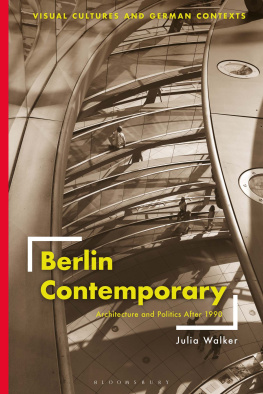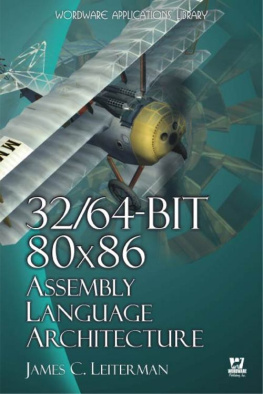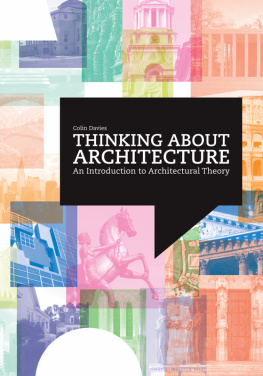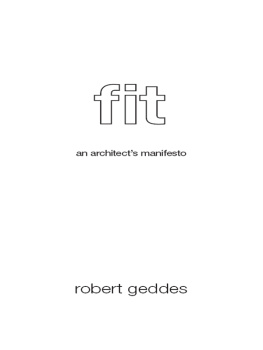Robert Venturi - Complexity and Contradiction in Architecture
Here you can read online Robert Venturi - Complexity and Contradiction in Architecture full text of the book (entire story) in english for free. Download pdf and epub, get meaning, cover and reviews about this ebook. year: 2022, publisher: no-name-books, genre: Art / Science. Description of the work, (preface) as well as reviews are available. Best literature library LitArk.com created for fans of good reading and offers a wide selection of genres:
Romance novel
Science fiction
Adventure
Detective
Science
History
Home and family
Prose
Art
Politics
Computer
Non-fiction
Religion
Business
Children
Humor
Choose a favorite category and find really read worthwhile books. Enjoy immersion in the world of imagination, feel the emotions of the characters or learn something new for yourself, make an fascinating discovery.
- Book:Complexity and Contradiction in Architecture
- Author:
- Publisher:no-name-books
- Genre:
- Year:2022
- Rating:4 / 5
- Favourites:Add to favourites
- Your mark:
- 80
- 1
- 2
- 3
- 4
- 5
Complexity and Contradiction in Architecture: summary, description and annotation
We offer to read an annotation, description, summary or preface (depends on what the author of the book "Complexity and Contradiction in Architecture" wrote himself). If you haven't found the necessary information about the book — write in the comments, we will try to find it.
Complexity and Contradiction in Architecture — read online for free the complete book (whole text) full work
Below is the text of the book, divided by pages. System saving the place of the last page read, allows you to conveniently read the book "Complexity and Contradiction in Architecture" online for free, without having to search again every time where you left off. Put a bookmark, and you can go to the page where you finished reading at any time.
Font size:
Interval:
Bookmark:
Robert Venturi
Robert Venturi
I claim no rights over the contents of this book. I merely want freedom of knowledge to empower our collective future. The present edition is a transcription based on:
- Complexity and Contradiction in Architecture
- The Museum of Modern Art
- 2nd Edition (1992)
This remarkable study is the first in a series of occasional papers concerned with the theoretical background of modern architecture. Unlike other Museum publications in architecture and design, the series will be independent of the Museums exhibition program. It will explore ideas too complex for presentation in exhibition form, and author will represent no single professional group.
Mr Venturis book is published by the Museum in collaboration with the Graham Foundation for Advanced Studies in the Fine Arts. It is a particularly appropriate volume with which to inaugurate the series, as the author was originally enabled to work on the text through the aid of a Graham Foundation grant.
Like his buildings, Venturis book opposes what many would consider Establishment, or at least established, opinions. He speaks with uncommon candor, addressing himself to actual conditions: the ambiguous and sometimes unattractive facts in which architects find themselves enmeshed at each moment, and whose confusing nature Venturi would seek to make the basis of architectural design. It is an alternative point of view vigorously championed by Vicent Scully of Yale University, whose introduction contrasts the frustrations of abstractly preconceived architectural order with Venturis delight in reality, specially in those recalcitrant aspects most architects would seek to suppress or disguise. Venturis recommendations can be tested immediately: they need not wait on legislation or technology. Problems in the architecture he seeks to supplant are so far from being resolved that, whether or not we agree with his results, we are impelled to grant him attentive hearing.
This is not an easy book. It requires professional commitment and close visual attention, and is not for those architects who, lest they offend them, pluck out their eyes. Indeed, its argument unfolds like a curtain slowly lifting from the eyes. Piece by piece, in close focus after focus, the whole emerges. And that whole is new, hard to see, hard to write about, graceless and inarticulate as only the new can be.
It is a very American book, rigorously pluralistic and phenomenological in its method; one is reminded of Dreiser, laboriously trodding out the way. Yet it is probably the most important writing on the making of architecture since Le Corbusiers , of 1923. Indeed, at first sight, Venturis position seems exactly the opposite of Le Corbusiers, its first and natural complement across time.
Here I do not forget Bruno Zevis , of 1950, which was consciously written as a reply to Le Corbusier. One cannot, however, regard it as a complement to the other or as an advance upon it, since it was hardly more than a reaction against it in favor of organic principles which had been formulated by architects other than Zevi and had indeed passed their peak of vitality long before. They had found their best embodiment in the work of Frank Lloyd Wright before 1914 and their clearest verbal statement in his writings of that period.
This is not to say that Venturi is Le Corbusiers equal in persuasiveness or achievement, or will necessarily ever be. Few will attain to that level again. The experience of Le Corbusiers buildings themselves has surely had not a little to do with forming Venturis ideas. Yet his views do in fact balance those of Le Corbusier as they were expressed in his early writings and as they have generally affected two architectural generations since that time. The older book demanded a noble purism in architecture, in single buildings and in the city as a whole; the new book welcomes the contradictions and complexities of urban experience at all scales. It marks, in this way, a complete shift of emphasis and will annoy some of those who profess to follow Le Corbusier now, exactly as Le Corbusier infuriated many who belonged to the Beaux-Arts then. Hence the books do in fact complement each other; and in one fundamental way they are much the same. Both are by architects who have really learned something from the architecture of the past. Few contemporary architects have been able to do this and have instead tended to take refuge in various systems of what can only be called historical propaganda. For Le Corbusier and Venturi, the experience was personal and direct. Each was thus able to free himself from the fixed patterns of thought and the fashions of his contemporaries, so carrying out Camus injunction to leave behind for a while our age and its adolescent furies.
Each learned most from very different things. Le Corbusiers great teacher was the Greek temple, with its isolated body white and free in the landscape, its luminous austerities clear in the sun. In his early polemics he would have his buildings and his cities just that way, and his mature architecture itself came more and more to embody the Greek temples sculptural, actively heroic character. Venturis primary inspiration would seem to have come from the Greek temples historical and archetypal opposite, the urban facades of Italy, with their endless adjustments to the counter-requirements of inside and outside and their inflection with all the business of everyday life: not primarily sculptural actors in vast landscapes but complex spatial containers and definers of streets and squares. Such accommodation also becomes a general urban principle for Venturi. In this he again resembles Le Corbusier, in so far as they are both profoundly visual, plastic artists whose close focus upon individual buildings brings with it a new visual and symbolic attitude toward urbanism in general, not the schematic or two-dimensionally diagrammatic view toward which many planners tend, but a set of solid images, architecture itself at its full scale.
Yet again, the images of Le Corbusier and Venturi are diametrically opposed in this regard. Le Corbusier, exercising that side of his many-sided nature which professed Cartesian rigor, generalized in much more easily than Venturi does here, and presented a clear, general scheme for the whole. Venturi is more fragmentary, moving step by step through more compromised relationships. His conclusions are general only by implication. Yet it seems to me that his proposals, in their recognition of complexity and their respect for what exists, create the most necessary antidote to that cataclysmic purism of contemporary urban renewal which has presently brought so many cities to the brink of catastrophe, and in which Le Corbusiers ideas have now found terrifying vulgarization. They are a heros dreams applied en masse, as if an Achilles were to become the king. That is why, one supposes, Venturi is so consistently anti-heroic, compulsively qualifying his recommendations with an implied irony at every turn. Le Corbusier used irony too, but his was as sharp as a steel-toothed smile. Venturi shrugs his shoulders ruefully and moves on. It is this generations answer to grandiose pretensions which have shown themselves in practice to be destructive or overblown.
Font size:
Interval:
Bookmark:
Similar books «Complexity and Contradiction in Architecture»
Look at similar books to Complexity and Contradiction in Architecture. We have selected literature similar in name and meaning in the hope of providing readers with more options to find new, interesting, not yet read works.
Discussion, reviews of the book Complexity and Contradiction in Architecture and just readers' own opinions. Leave your comments, write what you think about the work, its meaning or the main characters. Specify what exactly you liked and what you didn't like, and why you think so.



